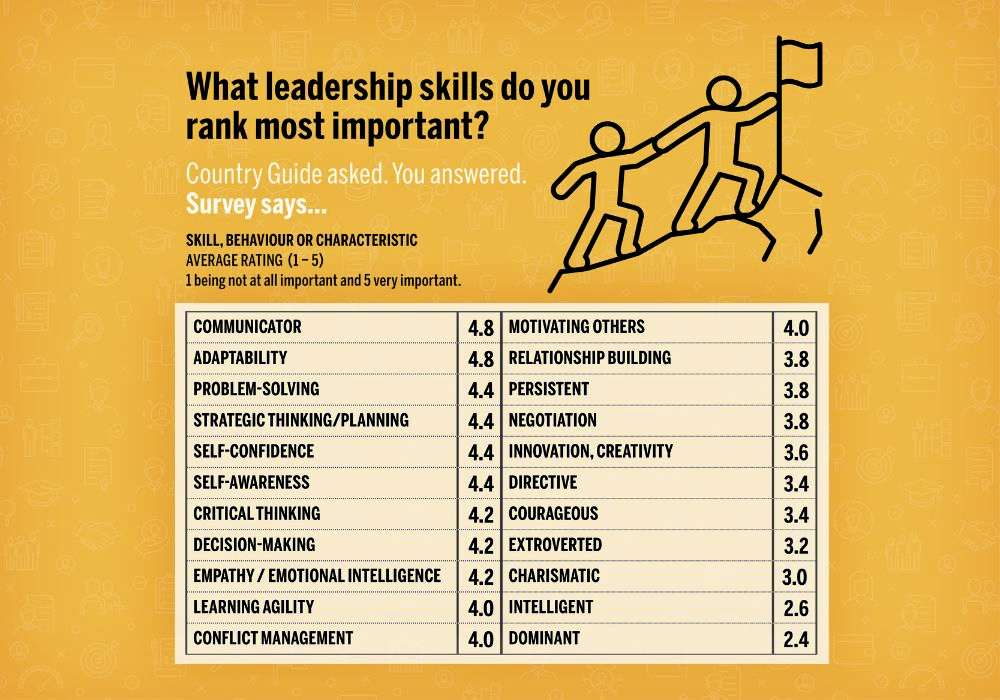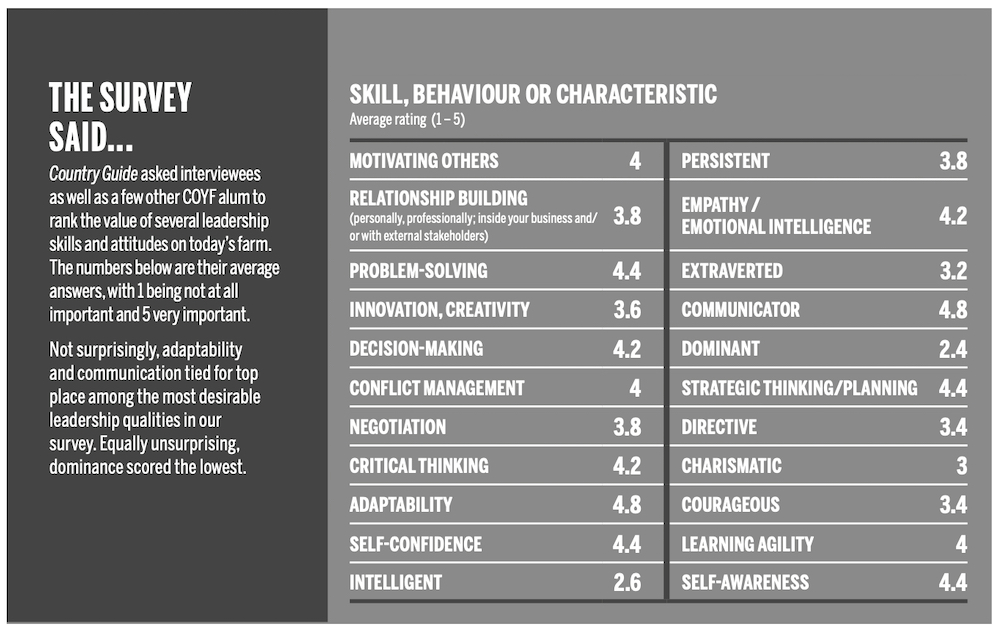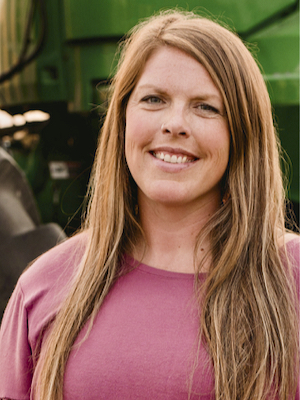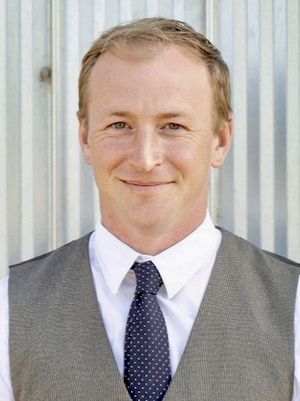Is leadership learned or is there a leadership gene? Country Guide asked the next generation of Canadian ag how they learned to lead and what are the most important leadership skills.
– April Stewart, CG Associate Editor
Agriculture has moved relentlessly forward for centuries. In a practical sense this is thanks to mechanical, scientific and technological innovations. But one intangible component is no less critical to maintaining momentum: farm leaders.
Read Also

Sensing the soil: Root cell research finds ‘stress hormone’
Research into how root cells react to soil stressors could help plants better adapt to changes in their climate.
Every farm is a decision-making unit and everything hinges — and always has — on the quality of those decisions and on how well the farm implements them.
An enormous question keeps coming up, though, despite this long history and despite everything that is riding on farm leadership.
It’s this. Can leadership be learned? Or is there some leadership gene and if you get it, you’re a born leader but if you don’t, well, that’s too bad for the farm?
Like Country Guide readers across Canada, I often wonder what types of skills, characteristics and behaviours the leaders of our farms will need if they hope to succeed in Canada’s agriculture industry in 2024 and into the future.
You’ll find this question getting asked and answered all through our January 30, 2024 issue. But to start, we thought who better to ask than some of this year’s nominees and winners of Canada’s Outstanding Young Farmers (COYF)?
You’ll see the results below, but first, I had them rate a list of leadership skills on a scale of 1 (not at all important) to 5 (very important). I then asked them to provide examples of how they’ve incorporated those elements into their overall business management style, what they’ve learned from applying them, and which ones are a work in progress.
A brief history of leadership
For at least a century, researchers have been trying to define the essence of good leadership and its key elements.
Initially, they assumed leaders were born, not made. So, based on the mid-1800s work by Scottish philosopher Thomas Carlyle, they came up with the “great man” theory (calling it that partly but not only because they assumed the best leaders are usually men).
The theory said that real leaders are unique. They’re highly influential and they’re singularly gifted as individuals and they have heroic attributes such as superior intellect and courage, making them extraordinarily able leaders.
It’s a theory that’s still alive, despite the fact that we can look back and poke lots of holes in it today and see why, for instance, it was mostly white, well-to-do men who fit these criteria: they were presented with the most opportunity in society at that time.

Then, by the early to mid-20th century, sociologists and business management researchers began flipping the idea of leadership on its head. They realized that leaders weren’t necessarily born. Instead, some people possess certain leader-like characteristics.
This was what they called the trait theory — a theory that, like the great man theory, many of us still cling to. There’s a problem with it, though. Business owners try to find employees with a specific list of traits but it’s tough — well, impossible, really — to sort out in anything but a very subjective way.
It also means that people who have the right traits but haven’t had time or opportunity to hone them don’t show up on anybody’s radar.
Fast-forward to the 1980s and ’90s and we find the idea of developing people’s leadership skills finally taking hold. The idea of “transformational leadership” also became mainstream, encouraging leaders to nurture relationships, to be the example they want others to follow, and to encourage collaboration that will strengthen and motivate the team.
It’s a complete about-face that today we call “servant leadership.” This approach hinges on a leader’s focus on the growth and well-being of people and of the communities to which they belong. Wikipedia notes that a servant leader “shares power, puts the needs of the employees first and helps people develop and perform as highly as possible.”
Importantly, these leaders use open and transparent persuasion rather than authority to encourage people to take action.

And the evolution didn’t stop there. Corina Walsh, CEO and leadership coach at Shift People Development Inc. recalls the “feedback sandwich” from the 1990s that tried to balance positive and negative feedback. And of course, there was the great but flawed leadership mantra at about the same time, “Don’t bring me problems, bring me solutions.”
Which brings us to today. What does science tell us a good leadership approach looks like in 2024?
First, for full disclosure I should give you a heads up that I tossed a few “unhealthy” leadership styles into the mix when I put together Country Guide’s rating chart for COYF members (see below). Things like dominance, directiveness, extraversion and charisma aren’t necessarily required or even helpful for good leadership.
Unsurprisingly, each COYF candidate rated the “negative” qualities much lower than, for example, critical thinking (average result of 4 out of 5) and conflict management (also an average of 4).
They also realize that leadership is not a “one and done” deal. It takes practice, commitment and a great deal of self-awareness.

Lesson #1: Everyone’s always different

Harley Siemens, a fourth-generation egg farmer in Manitoba and COYF 2023 nominee, says an important adjustment to his leadership style is his approach to conflict management.
“One thing I’ve learned is that I have to better understand where the other person is coming from,” Siemens says. “And I’ve struggled with that. Like, I’m thinking, ‘Why is this so hard for you? Just do it.’ But I’ve learned that when dealing with different people, not everybody is the go-getter, type A like me. Some things won’t make sense to other types of people, or they might have trouble seeing how things are done. What I’ve learned is to try and take my perspective out, and that it’s important to recognize their point of view on the issue.”
Walsh agrees, noting that different leadership styles are required for different situations and different people. To get on top of that, it’s important to be able to name those differences.
“A directive style is about knowing what work must get done and organizing your workforce around priorities,” Walsh explains. “A delegative style assigns the right work to the right people and allows them autonomy to do their jobs. A democratic style is where employees really have a voice in what gets done and how.”
There are other styles too, Walsh adds. “A persuasive style communicates a vision and mobilizes people behind it. And an adaptive style is where a leader leverages all styles whenever they are needed.”
Siemens says that adapting and improving his leadership skills has paid dividends since it helped him understand how employees work, and their strengths and weaknesses.
“Everyone’s motivations (to do a good job) are going to be very different,” Siemens now says. “I’ve learned there are many different ways to deal with people’s emotions and skills. It’s a case-by-case scenario. You can’t just say, ‘this is how we’re going to do it,’ and then expect that it’s all going to work.”
Lesson #2: Stay agile

Sarah Leguee, a grain and oilseed grower in Saskatchewan, and COYF 2023 nominee (along with her brother Jake), has found that adaptability and agility are staples of leadership and management on their farm.
“Plans on a farm can change at the drop of a hat — especially in my role with trucking and logistics where there are so many factors that can railroad an entire day. If the weather doesn’t co-operate and the roads are bad, or a truck or something at the elevator breaks down, I have to be able to adapt to that situation in real time.
“I’ve learned — slowly! — you can only be in control of so many things and that it’s important not to get derailed when things don’t go the way you had pictured them in your head.”
Lesson #3: Remember, empathy is a skill

Travis Hopcott, a COYF 2023 winner (along with his brother Brad), co-owns Hopcott Farms in Pitt Meadow, B.C., where they grow cranberries, raise beef and run a retail store. He says he has found focusing on empathy has helped him be a better business leader and employer.
“We had a situation earlier this year where four people decided to leave almost at the same time,” Hopcott recounts. “We can often easily reason that ‘it’s not me, it’s them’ — especially if you knew these individuals, what led up to their departures and the fact that other people are telling you it’s not you, it’s them.
“But when that many people leave, I think, generally speaking, that’s on us. And so, I realized that we needed to review the why behind it and fix something.”
Walsh says this was the right step. “Today’s leader must have ‘people leadership’ skills such as emotional intelligence and empathy,” she says. “A good leader listens to their employees, especially when employees have good ideas and want to contribute. Leadership today is more than technical skills and knowledge; you have to care about your people.”
Siemens agrees and says that these days you can’t rely on a commanding, dominant management style, because people are just going to brush you off. “Today’s workforce is much different than that of, say, the baby boomers’ generation,” he says. “Some of those skills and approaches of my dad’s generation… that is not how we do things anymore. It just doesn’t work.”
Lesson #4: Get the message right
Leguee says she’s learned that successful leadership always comes back to communication.
“There have been times when I was not clear enough in my instructions, which led to assumptions by both parties,” Leguee says. “Once, grain was pulled from the wrong bin and another time a load ended up at the wrong elevator (luckily not unloaded). Since those incidents we have taken several steps to ensure these types of miscommunications don’t happen anymore. We communicate as much as possible, whether in person or through our group chats in WhatsApp.”
“There are a lot of moving parts here every day so it’s important to keep everyone in the loop, but we also have to tread the fine line of not bogging everyone down with too much information. With a little creativity, we’ve come up with ways to organize these jobs and communicate better to avoid troublesome situations.”
She isn’t alone. “I think micromanaging is a tough thing for farmers because we feel that sense of ownership; it’s our business, our livelihood,” Siemens says. “When you see somebody else not doing a job right or not caring, then you want to start micromanaging that person because you want it done your way.”
“At first, I didn’t realize I was doing this. The trouble is, just telling someone what to do means that eventually when there is nothing to do, they can’t do anything by themselves. This approach forced them to come to me constantly, to always ask me about everything instead of my letting them figure it out.”
“I didn’t let them make mistakes and grow because I was so particular about things happening a certain way… but they need to learn and not be overshadowed. Let them become their own manager, their own person.”
Lesson #5: Reach out for better answers
In addition to learning an important lesson about the basic need we all have to feel appreciated and to approach situations with empathy, Hopcott has picked up several practical leadership tips through an ag-based peer group and by reaching out to leadership mentors and executive coaches.
“Coaching sessions have provided opportunities for self-examination, not just of ourselves personality-wise but our processes and procedures,” he says. “Even though we created an employee handbook a few years ago, coaching helped us realize that we needed more definition around roles and responsibilities, more detailed job descriptions, and to fine-tune target setting per individual and per business department. There’s now a clearer understanding of what’s expected from everyone.”
Insight #6: Lead for the future
“It’s true that we often associate confidence and extraversion with leadership,” says Walsh, “but people have really caught on to the fact that leadership is much more than being vocal or being in front.”
Plus, Walsh adds, “Today’s leader is required to have an entire new set of skills that appeal to younger generations entering the workforce.”

Jennifer Wright, executive director for the Canadian Agricultural Human Resource Council (CAHRC), agrees and adds, “The workforce is becoming more diverse. This means that leadership skills must support workforces with diverse backgrounds, including cultures, genders, experiences and ages. For example, there are currently five distinct generations in the workforce. Leadership training for the agriculture industry, like that available through CAHRC, helps farm managers and owners better understand the unique needs of each generation and how to support a positive work environment.”
Wright says employers are recognizing that barriers exist for people who may not have traditionally been in leadership roles, like women. “We now have a better understanding of the impacts of, for example, unconscious bias and exclusionary language in recruitment documents,” she says.
Walsh tells her clients that “leading by example” is the truest form of leadership today. “There was a time when a ‘leader’ was someone who was at the top of the career ladder and it was ‘do as I say, not as I do’. That style does not work today so in essence everyone can be a leader. Today’s leader is someone who leads from a place of personal values. They will attract people who share those values.”
Hopcott adds that it’s also important to be comfortable with not being good at something, to keep exploring and trying new things, and to expand current limits by learning from others. “Going into a room where I’m the stupidest person there makes me happy because I know I’m going to learn something,” he laughs.
Simon Sinek, business leadership author and speaker, sums it up well: “If you get the environment right, every single one of us has the capacity to do these remarkable things and, more importantly, others have that capacity too. Leadership is a choice; it is not a rank.”
– This article was originally published in the February 2024 issue of Country Guide.
















